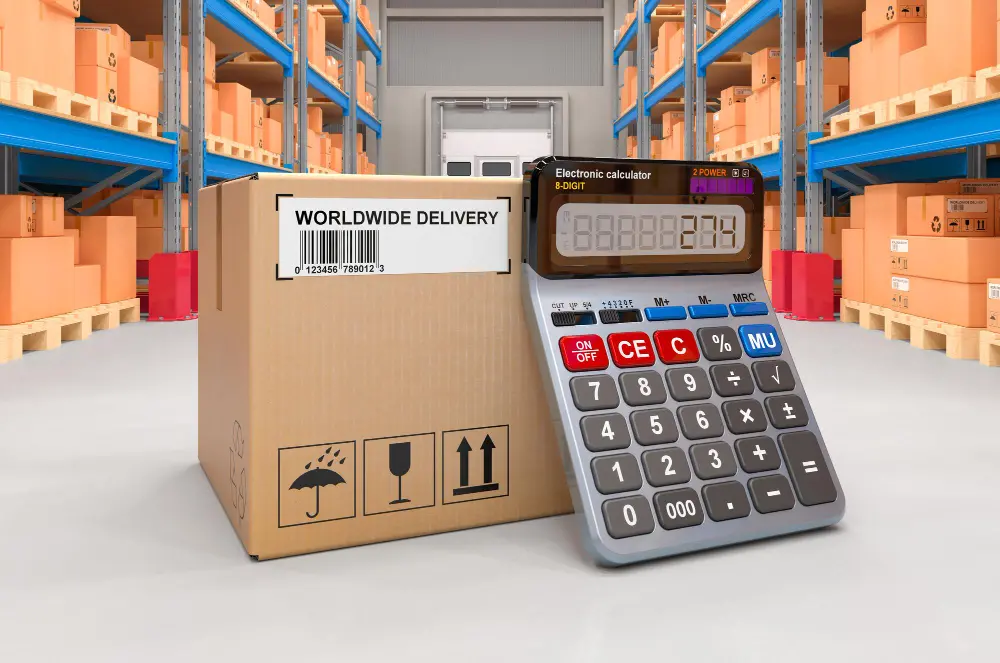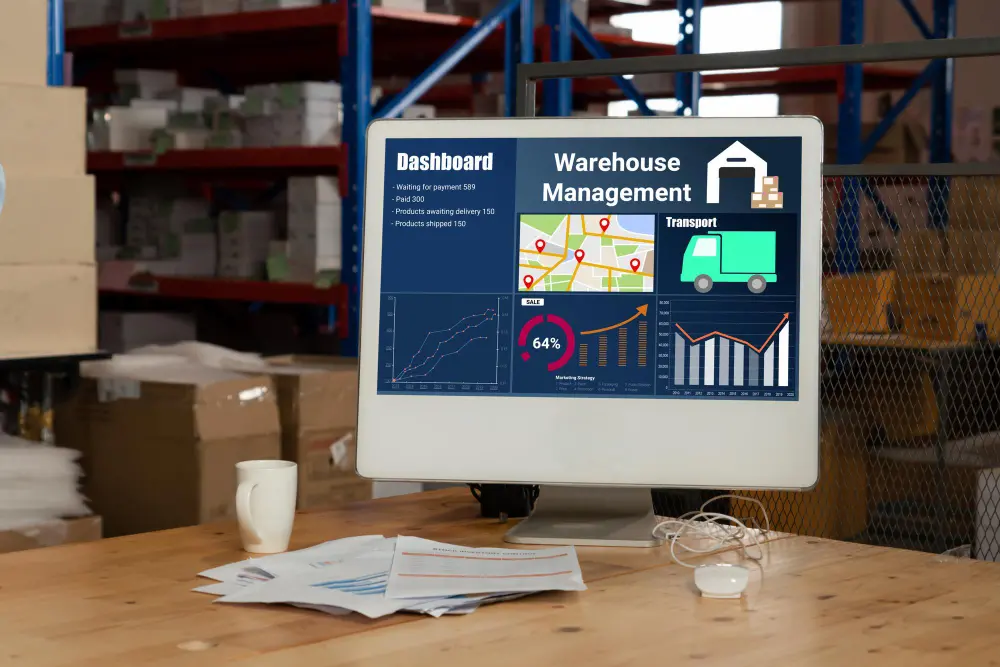
Cost-Effective Solutions for Managing Your Storage Warehouse

Managing a storage warehouse effectively while keeping costs under control is a significant challenge for many businesses. However, with strategic planning and the implementation of smart practices, it is possible to enhance efficiency and reduce expenses. Here are some cost-effective solutions that can help streamline warehouse operations and improve your bottom line.
Optimize Space Utilization
Maximizing the use of available space is one of the most effective ways to cut costs in a warehouse. This can be achieved through better organization and layout design. Implementing vertical storage solutions, such as high-rise shelving and mezzanine floors, can significantly increase storage capacity without the need for additional floor space. Additionally, adopting a slotting strategy, where products are stored based on their size, weight, and picking frequency, can enhance accessibility and reduce handling time.
Implement Inventory Management Systems
An efficient inventory management system is crucial for reducing costs associated with excess inventory and stockouts. By utilizing technology such as barcode scanning, RFID tags, and warehouse management software (WMS), you can maintain accurate inventory records in real-time. These systems provide valuable insights into inventory levels, turnover rates, and demand patterns, allowing for better decision-making and minimizing the costs of overstocking or understocking.
Embrace Automation
Automation can greatly improve the efficiency and cost-effectiveness of warehouse operations. Automated storage and retrieval systems (AS/RS), conveyor systems, and robotic pickers can handle repetitive tasks more quickly and accurately than human workers, reducing labor costs and minimizing errors. While the initial investment in automation technology may be significant, the long-term savings in labor and increased productivity often justify the expense.
Energy Efficiency
Reducing energy consumption is a straightforward way to cut costs in a warehouse. Investing in energy-efficient lighting, such as LED bulbs, and utilizing motion sensors to ensure lights are only on when needed can lead to substantial savings. Additionally, optimizing heating, ventilation, and air conditioning (HVAC) systems to operate more efficiently can lower utility bills. Implementing energy management systems to monitor and control energy usage can further enhance savings.
Regular Maintenance and Preventative Care

Maintaining equipment and infrastructure in good working condition can prevent costly breakdowns and extend the life of your assets. Regular inspections and preventative maintenance schedules for machinery, vehicles, and building systems can help identify and address issues before they become major problems. This proactive approach can save money on repairs and replacements, as well as reduce downtime that disrupts operations.
Workforce Training and Development
Investing in employee training and development can lead to more efficient warehouse operations and lower costs. Well-trained employees are more productive, make fewer errors, and are better equipped to handle a variety of tasks. Cross-training employees to perform multiple roles can also increase flexibility and reduce the need for temporary staff during peak periods. Offering incentives for productivity and efficiency can further motivate employees to contribute to cost-saving efforts.
Optimize Transportation and Logistics
Transportation and logistics are significant cost components for any warehouse operation. Optimizing these processes can lead to substantial savings. Implementing route optimization software can reduce fuel consumption and improve delivery times. Consolidating shipments to maximize truck capacity and negotiating better rates with carriers can also lower transportation costs. Additionally, exploring alternative shipping methods, such as rail or sea freight, for long-distance deliveries can be more cost-effective than relying solely on road transport.
Utilize Data and Analytics

Leveraging data and analytics can provide valuable insights into every aspect of warehouse operations. By analyzing data on inventory levels, order processing times, and equipment usage, you can identify inefficiencies and areas for improvement. Implementing a data-driven approach allows for more informed decision-making and the ability to track the impact of cost-saving initiatives. Regularly reviewing key performance indicators (KPIs) ensures that you stay on track with your cost management goals.
In conclusion, managing a storage warehouse cost-effectively requires a combination of strategic planning, technology implementation, and continuous improvement. By optimizing space utilization, embracing automation, improving energy efficiency, maintaining equipment, investing in workforce training, optimizing transportation, and leveraging data analytics, businesses can significantly reduce operational costs. These solutions not only enhance efficiency but also contribute to a more sustainable and profitable warehouse operation.
Related Courses and Certification
Also Online IT Certification Courses & Online Technical Certificate Programs

